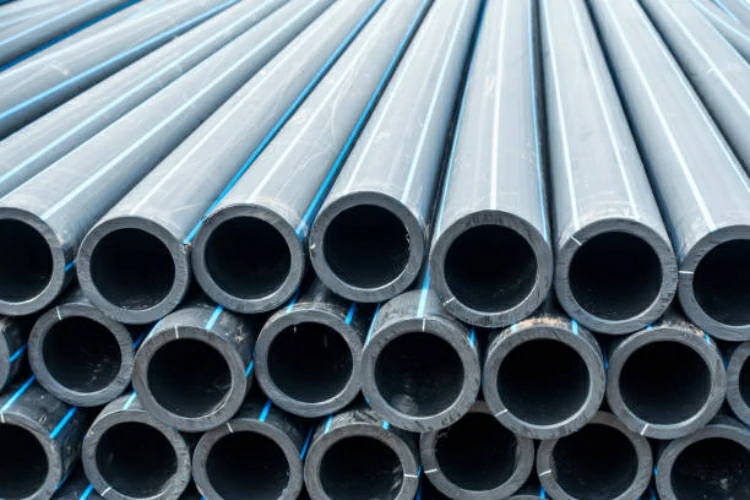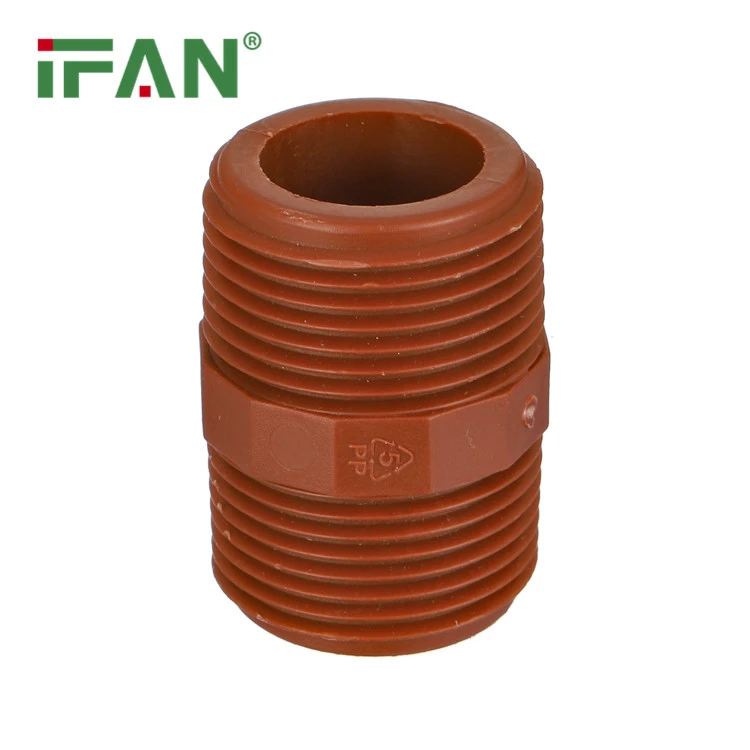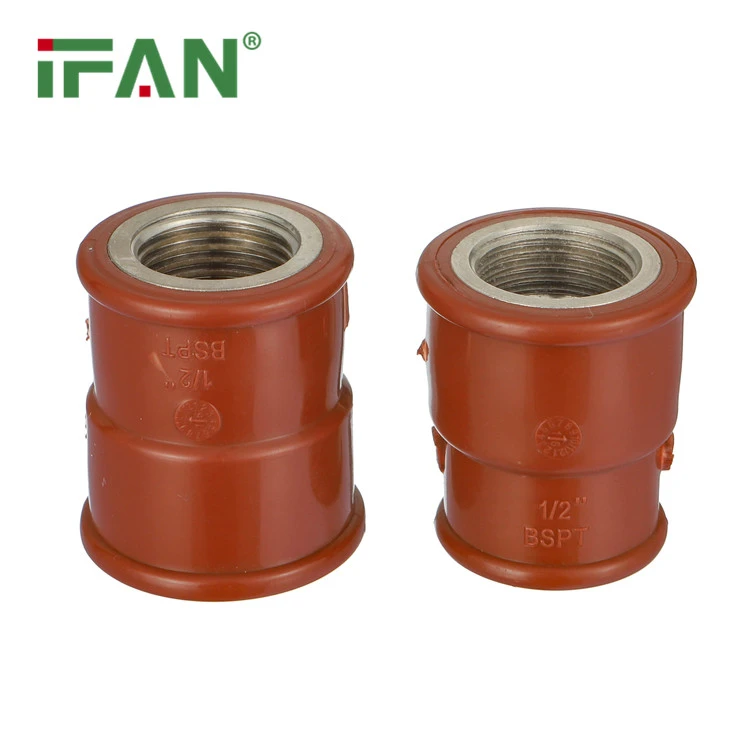High-Density Polyethylene (HDPE) pipes are widely used in various industries and applications due to their numerous advantages and distinctive features. In this article, we will explore the unique characteristics of HDPE pipe and why they are a preferred choice for many projects.
Exceptional Durability and Longevity
Resilience to Environmental Factors
HDPE pipe are renowned for their exceptional durability and resistance to environmental stressors. These pipes can withstand high impact loads, temperature fluctuations, and exposure to harsh chemicals without compromising their structural integrity. Whether installed above-ground or buried underground, HDPE pipes maintain their strength and performance over time, ensuring long-term reliability.
Corrosion and Rust Resistance
Unlike metal pipes, which are prone to corrosion and rust, HDPE pipes are immune to chemical reactions and degradation. The inert nature of HDPE makes it resistant to corrosive substances found in soil, wastewater, and industrial effluents. As a result, HDPE pipe have an extended service life and require minimal maintenance compared to traditional piping materials.
Flexibility and Versatility
Bendability and Adaptability
HDPE pipes are highly flexible and adaptable, allowing for easy installation in various configurations and environments. These pipes can be bent and curved to accommodate changes in terrain or layout, reducing the need for additional fittings and joints. HDPE pipe are suitable for applications ranging from water distribution and irrigation to mining and landfill systems, where flexibility is essential.
Compatibility with Different Media
Another key advantage of HDPE pipe is their compatibility with a wide range of fluids and substances. Whether conveying potable water, sewage, chemicals, or slurry, HDPE pipes provide a safe and reliable transport solution. The inert nature of HDPE ensures that the quality and purity of the conveyed media remain intact, making HDPE pipes suitable for critical applications in healthcare, food processing, and manufacturing.
Lightweight Construction and Easy Installation
Reduced Transportation and Handling Costs
HDPE pipe are lightweight yet robust, making them easy to transport, handle, and install. The reduced weight of HDPE pipes translates to lower transportation costs and faster installation times compared to heavier alternatives. Additionally, the flexibility of HDPE pipe allows for seamless integration into existing infrastructure, minimizing disruptions and downtime during construction projects.
Fusion Welding for Leak-Free Joints
HDPE pipes feature fusion-welded joints, which provide superior strength and leak resistance compared to traditional mechanical fittings. Fusion welding creates a seamless and monolithic pipeline system, eliminating the risk of leakage and ensuring long-term reliability. The simplicity of fusion welding also reduces the need for specialized tools and equipment, making HDPE pipe installation cost-effective and efficient.
Environmental Sustainability and Recyclability
Eco-Friendly Material
HDPE is a sustainable and eco-friendly material, known for its low environmental impact and recyclability. HDPE pipe can be manufactured from recycled materials and are fully recyclable at the end of their service life, reducing waste and conserving natural resources. By choosing HDPE pipe, users contribute to environmental conservation efforts and promote a greener, more sustainable future.
Energy Efficiency and Carbon Footprint Reduction
The lightweight and smooth interior surface of HDPE pipes contribute to energy efficiency and reduced pumping costs. The smooth bore of HDPE pipe minimizes friction and pressure loss, allowing for higher flow rates and lower energy consumption. Additionally, the manufacturing process of HDPE pipe produces fewer greenhouse gas emissions compared to other piping materials, further reducing their carbon footprint.
Conclusion
HDPE pipes offer numerous advantages and unique features that make them an ideal choice for a wide range of applications. With their exceptional durability, flexibility, lightweight construction, and environmental sustainability, HDPE pipe provide a reliable and cost-effective solution for fluid transport and distribution systems. By leveraging the benefits of HDPE pipe, users can achieve enhanced performance, efficiency, and longevity in their projects while contributing to a more sustainable future.
IFAN is a Chinese manufacturer of plastic pipes, fittings and valves with 30 years of experience. If you are interested in IFAN copper fittings, copper valves, plastic pipes and fittings, please contact us. IFAN offers you a variety of standard pipes to meet your specific needs. Click below to learn more about IFAN’s wide range of affordable and cost-effective valve products and piping system related products.
We will reply your email or fax within 24 hours.
You can call us at any time if there is any question on our production.
For more information,pls visit our webside https://ifanpro.com/
Pls Mailto: [email protected]
Whatsapp: + 86 19857948982














Recent Comments